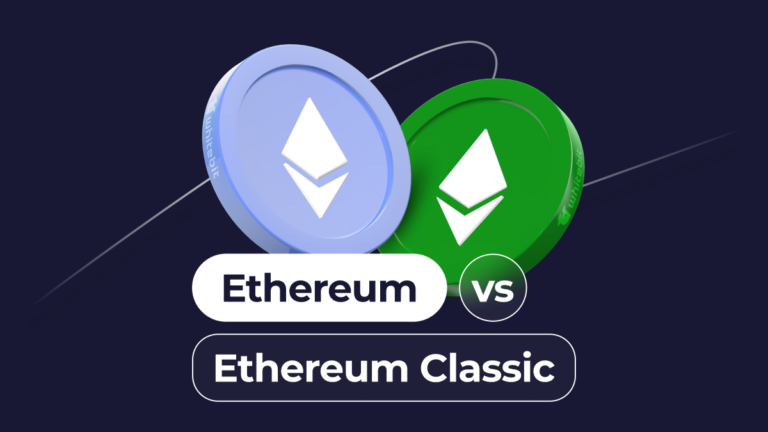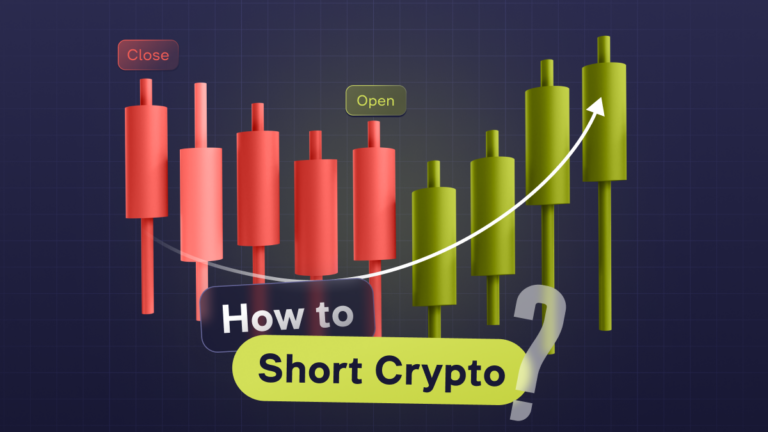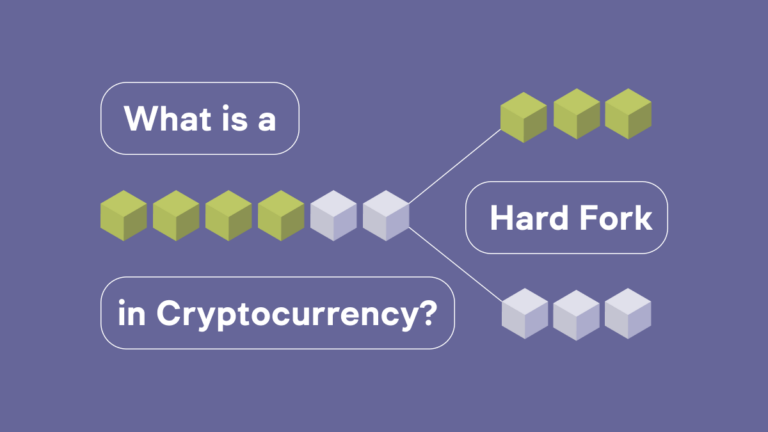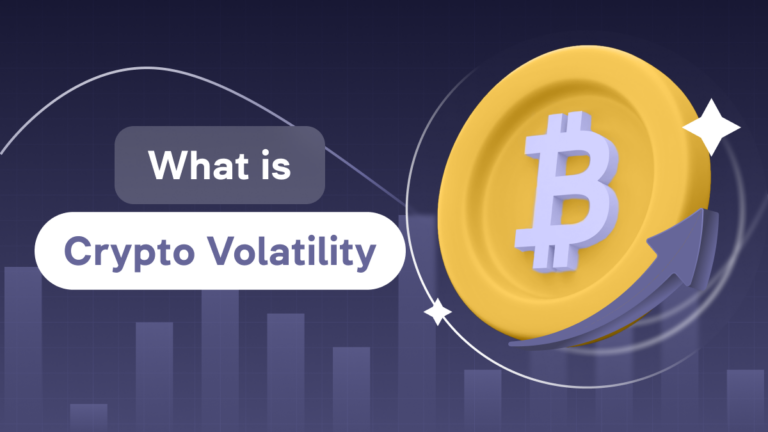What is Polkadot? A brief description of the project
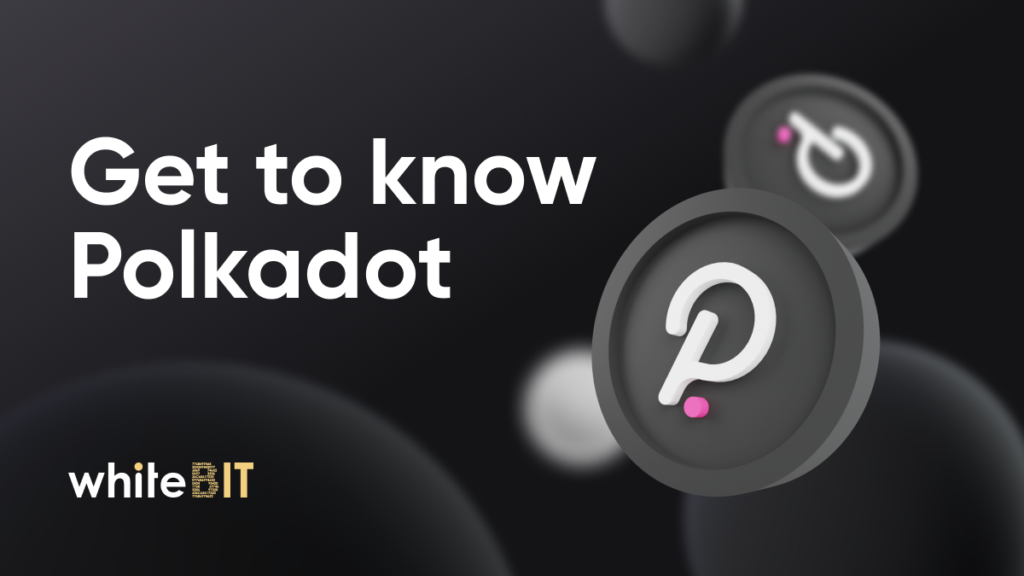
Content
Blockchain technologies are miraculous in terms of usability and transparency when it comes to data transfer, speed, and security. But nothing is perfect, and the most reliable technological inventions require constant improvements and adaptations relevant to the current needs of the users.
Polkadot is a multichain aiming to accurately detect the most nagging blockchain problems and provide answers to them via implementing changes.
What is a multichain, and why is it distinctive from blockchain in general? A multichain is a network that hosts several blockchains under one roof. In other words, it is the Internet of blockchains, where all functions of separate blockchains can be found in one place. The Polkadot creators — Dr. Gavin Wood (one of the Ethereum founders and the creator of Solidity programming language), Robert Hebermeier, and Peter Czaban believe that no single blockchain operating at the moment can cover all the needs of the users properly. That is why it can be revolutionary to use the properties of many blockchains in one place and enable any project to apply them fast and problem-free.
How does it work?
Polkadot was created to simplify cross-chain interaction and communication by connecting different blockchains. The project is secured with the GRANDPA consensus algorithm. The consensus is critically important for the organic functioning of the blockchain. It is the way in which the nodes stay synced and agree on the operating mode.
The architecture of Polkadot is based on the central chains, which are Relay Chain, Parathreads, Parachains, and Bridges.
Relay Chain is the central blockchain that serves as a basis for interchain communication.
Parachains are separate blockchains that operate on the Relay Chain and present the main features of Polkadot that make the chain so flexible in use. Each chain serves a certain purpose in the network. For example, one provides a well-structured ecosystem for smart contracts, and another one presents a refined inter-chain payment system. Their number in the multichain is limited. To get a slot in the multichain, the parachain has to go through an auction.
Parathreads are similar to Parachains, but they differ from an economical point of view. A parathread receives the slot right away, but only for a short period of time.
The blockchains cannot operate isolated from one another. The Polkadot creators decided to introduce special networks that will function as connectors between the blockchains inside the multichain — the Bridges.
We are excited to announce the listing of DOT on WhiteBIT! DOT is paired against BTC and USDT.
Problems and solutions
Scalability
Scalability is the ability of a cryptocurrency to cope with a large number of transactions that are processed at a time. For example, the problems with scalability led to the emergence of Bitcoin Cash and caused the increase of Ethereum transaction fees. The problematic scalability is characteristic of the first and the second blockchain generations.
Polkadot parachains are able to run the blocks simultaneously (in parallel) while the validators are taking care of the rest. This contributes to much faster and more convenient transactions.
Isolatability
The question of chain specialization is also addressed by Polkadot. Thanks to specialized parachains which deploy specific purposes in the multichain network, the needs of numerous users can be met under the same framework.
Communication
One of the most significant benefits of Polkadot is the possibility for the blockchains to run in a symbiotic manner, thus being able to share the information with one another. The well-structured architecture of the whole multichain excludes isolation of any kind, speeding up and simplifying the internal processes of the network.
Governance
Another innovative feature of the network is the right of the community to govern all vital processes of the chain. The decisions about parachain slots or important changes to the network on the basis of the users’ experience will be made solely inside the community.
Elimination of hard forks
The hard forks are not the healthiest thing for networks and can cause different problems for the community. The architecture of the Polkadot network eliminates the possibility of hard forks, enabling the parachains to update without hard forks.
Tokens
The Polkadot ICO occurred in October 2017, resulting in the price of $28,80 per 1 DOT. It is now called one of the most successful ICOs, which brought $145 million during the initial sales round.
Conclusion
Polkadot is one of the most promising blockchain projects which is about to initiate the third blockchain era. With all benefits and solutions in mind, one can confidently say that such optimization of the blockchain operations can change the future of the network for good. This, in turn, can bring us forward to the world of decentralization much faster.


